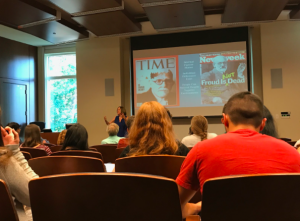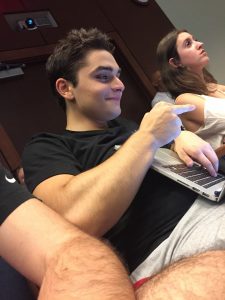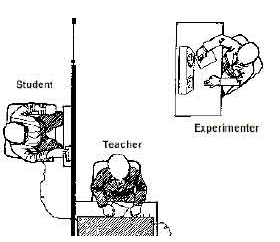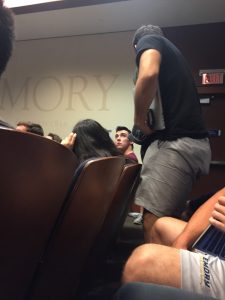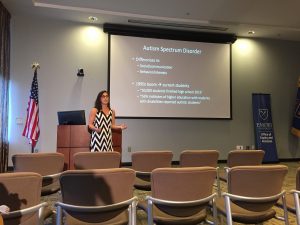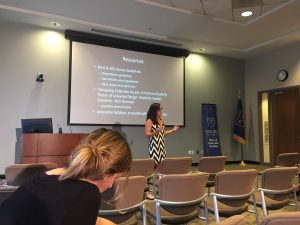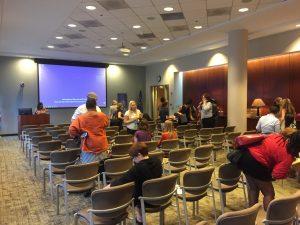Dr. Regina Bradley is an Associate Professor of English and African Diaspora Studies at Kennesaw State University. Dr. Bradley obtained her Ph.D. in English from Florida State University with a major area of African American Literature and Culture and a minor area in Gender and Women’s Studies. Her first short story collection, Boondock Kollage: Stories from the Hip Hop South, was published in April of 2017.
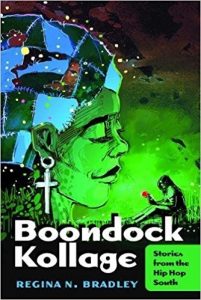
Last Wednesday, Dr. Bradley did a reading of her book at the Margaret Mitchell House. She read three excerpts from different short stories and the book itself is divided into three different sections: Reaching Back Around, Long Division, and Stitches in Time. One thing we noticed about Dr. Bradley’s style was how she would almost take up a persona in each of the stories. The stories consisted of things that happened to her or people around her, yet she maintained a third-person limited omniscient perspective throughout. We decided that we would structure our presentation in the three different perspective narrative style that Dr. Bradley did during her lecture. Each perspective will focus on a different section coupled with our personal experiences beginning with Reaching Back Around.
Daquon’s P.O.V
Being that he’s perpetually busy and has a terrible sense of time, it was no surprise that Daquon found himself running late again. His coffee chat with another member of his fraternity went longer than expected and Daquon now had to face one of his greatest fears: Complex! Knowing that he would be late and accept his lack of knowledge of Complex, he preemptively texted one of his group members, Faith, and said: “I’m on my way to complex but I don’t know complex at all and am probably gonna get lost.” He eventually reached Complex and went inside of a small lobby area that had a faint smell of musk and mothballs. Daquon knew if he’d ventured any further, he would be overwhelmed with the feeling of being in the newest Maze Runner film. Luckily for him, he peered out the window to see Faith running up a hill. As he left the foul-smelling lobby, Daquon went around the corner to find both of his groupmates, Faith and Rachel. In a whirlwind, the two girls passed Daquon while telling him that their Uber driver arrived and was waiting for them. With the addition of rain, Daquon knew he was in for an interesting night. One very interesting Uber ride and walk through downtown Atlanta, and the group finally arrived. Daquon’s inner Grinch started to come out when he saw the Christmas light-covered trees before Thanksgiving could even get a chance.

Nevertheless, he put his personal pet peeves aside because this was a lecture that he was looking forward to for weeks. And this time, Daquon was not wrong. From Dr. Bradley’s introduction, Daquon knew that he was going to enjoy tonight. He noticed Dr. Bradley’s very warm personality and very relatable demeanor. Dr. Bradley began discussing some of her influences and purpose of the book. When Dr. Bradley said that the book was about southern black identity and how it is often overshadowed by a historicized version, Daquon moved to the edge of his seat because this was literally his life. As she began reading, her tone could even keep this sleep-deprived college student interested. In fact, Daquon took an interest in one of the first stories Dr. Bradley told, Intentions. Intentions told the story of the small town of Albany’s Dream Week, a week inspired by Martin Luther King Jr. that celebrates civil rights leaders, and focused on the experience of the young black protagonist. Immediately, Daquon began drawing parallels to the main character. Every year, though he loved studying black culture/history, doing a Black History project, retelling the same stories, and sharing the same perspectives got a little stale. Daquon is generally a procrastinator, but his procrastination levels always slightly rose around this time of year, just like how the protagonist procrastinated his Dream Week project.
Faith’s P.O.V
“Wya” the text peeked through the cracks on her cell phone screen. Faith had one foot out the door and was about to meet her classmates. “See ya later!” She yelled to her roommate before leaving. Knowing she was running late she sprinted down the stairs. As she burst through the door she was greeted by the rain. “No! It’s raining” she screeched aloud earning her strange looks from bystanders. Realizing once again that she was late, she ran around until she found Rachel. “Rachel! It’s raining!” Faith screamed. “Yeah, I know” Rachel responded. “I wanted to go grab my umbrella.” As they walked down the hill to another entrance of Complex they met Daquon. Rushing, they informed him that their Uber was on campus already and headed towards the car.

After a pleasant Uber ride, they arrived at the Margaret Mitchell House. Upon arrival, Faith admired the twinkly lights adorning the trees in the front yard. “The lady who wrote Gone with the Wind lived here” Rachel informed Faith. “Oh, I hated the hour of the movie I watched. I started falling asleep,” Faith said as they walked inside. Once they entered, they were surrounded by Gone with the Wind books. They walked outside to another building next to the house. The building was filled with paintings and photographs. As they looked around, Faith observed the audience. It was mostly older adults and most of them were black. The three of them were definitely the youngest people in the room.

After waiting patiently, Dr. Bradley arrived. Dr. Bradley was lively with a loud, booming voice. Faith was taken back by her vivacious personality, but she loved it. If she had not read her book with personality, Faith would have quickly lost interest. Anticipating the formation of their blog post, Faith tried to be attentive and took notes. In particular, the story from the section titled “Long Division” stood out to her the most. Bradley, who portrayed herself as a boy, in the story, was forced by her grandpa to apply to the University of Georgia. When her grandpa was a senior in high school, the coach from the University of Georgia was interested in letting him play for the team. Against his father’s wishes, her grandfather went to the practice and was subjected to racism upon his arrival. While we did not get to hear the whole story, she did let us know that the university would not let her father attend their school or play football with them. Although she did not see getting into the school (she received her acceptance letter before her grandpa told the story) as a big deal, it was to her grandpa who could not get into the school when he was her age. Faith found that she could relate to Dr. Bradley about this. It reminded her of mother’s experiences in college when she first immigrated to the country. While her mother did not have an issue with getting into school, she had issues once school commenced. Often her professors would ridicule her mother and expressed their desire for her to be unsuccessful simply because she was black and because she was an immigrant. Now Faith’s mother is satisfied when Faith tells her that her professors are kind, supportive and wishing for her success. The excerpt from the book had Faith interested in the south that Dr. Bradley lived in. Although Faith has heard the stories of what it was like living under Jim Crow and the Civil Rights Movement, Faith has not heard much about what comes next. The age where hip-hop and trap music arrive is not really represented, and Dr. Bradley made a point to say that most narratives about it were not made by black people or people that lived in the places they emerged in. Faith wanted to hear the full stories, but the book was expensive. Despite only hearing part of them, Faith felt that Dr. Bradley successfully displayed the southern black identity and wishes she was not broke so she could afford the book.
Rachel’s P.O.V
Rachel’s day was jam-packed. As she jogged from her history lecture that had ended at 5:30 to the Math and Science building to help out with an event for the short 25 minutes her schedule allowed, she began to ponder how the night’s lecture would go. Her two group members Faith and Daquon were supposed to meet up with her around 6:00 to head out to the famous author, Margaret Mitchell’s, house where the lecture, “Boondock Kollage: Stories from the Hip Hop South” was being held. Like most of the sound of the word “boondock” Rachel’s mind immediately wandered to the animated sitcom, “The Boondocks”, a show based off a cartoon about an African American grandfather and his two grandchildren’s cross-cultural experience as they move into a white suburban neighborhood. Smiling as she thought of her favorite character from the show, Riley, Rachel realized; however, that despite the numerous times spent watching the show all last summer she had no idea what the word “boondock” meant. Deciding she should do a little researching pre-lecture she pulled out her phone and found (with the help of google) that the word “boondock” meant remote or isolated country. Further investigation showed that the term had actually been transformed to a slightly different meaning than originally instated, as “boondock” is also a noun to describe an unsophisticated area. Tucking her phone back into her oversized raincoat Rachel made her way over to the meetup place her group members had agreed upon. Dark gray clouds floated above with the promise of rain to come as she reflected on what her limited research indicated about the upcoming lecture. It seemed this event would be speaking to some form of the cultural experience African Americans from a certain socio-economic background faced. “Hip Hop South” was connotation for “African American” and “Boondocks” was connotation for the “certain socio-economic background”. Fast forward past a lit uber ride with the coolest driver ever and walk through downtown Atlanta, Rachel suddenly found herself spending her Wednesday night enamored with the strong and surprisingly youthful voice of Dr.Regina Bradley.

Having just come from Professor Lipstadt’s lecture about “The Great Books of the Holocaust” Rachel was surprised to find that Dr.Bradley’s style was similar. In both lectures the facilitators read excerpts aloud directly from their books; however where Professor Lipstadt let the content of her books speak for itself, Dr.Bradley utilized voice inflections, and occasional side remarks in conjunction with her content to engage her audience. Although at times her readings felt a bit too long, the unerring representation of black dialogue present throughout her shared book excerpts got Rachel through and became especially charming by the third section of the book, “Stitches in Time”, which examined the question “What does time look like in the south”? And how time looks differently for each person. Dr.Bradley’s simple opening remark about how this story had “haunted her” immediately had everyone on the edge of their seats anticipating her reading. Pressed for time we were quickly transported into the world of a young girl undergoing the teenage nuisance of attempting to convince her mama to go to a party her older brother and his friends were attending. The girl’s mother is unrelenting with her decision not to let her daughter go and instead instructs her son to be back no later than midnight. With a groan, the son and his friends leave and all goes well until the young girl receives a phone call from her brother’s friend saying no one knows where her brother is. After her mother comes in from searching for her son and hears that no one knows where he is she wails and -Dr.Bradley closes the book leaving the audience off with a cliffhanger. The interesting thing about Dr.Bradley’s lecture was unlike Professor Lipstadt she didn’t spend time explicitly stating how certain themes tied into her book, which Rachel found somewhat frustrating. After some reflection, Rachel realized that this was due to the differing purpose of each lecture. Dr.Bradley was showcasing excerpts from a book she had written herself and planned to sell thus leaving her theme and book readings open-ended was crucial in order to entrance the audience and elicit curiosity that would encourage them to buy her book. This differed from Professor Lipstadt’s as her readings were from various classical books that she had not written and were somewhat known so her lecture was a bit more explicit. From the short part of “Stitch in Time” read and the themes Dr.Bradley mentioned Rachel inferred that perhaps this chapter was going to analyze the various effects the same amount of time has on different people, specifically people in the South. Maybe the son is found years later and life has drastically changed for not only him but also his sister and mother but in different ways. Perhaps the son is killed and as time passes the mother and daughter are affected in varying ways. All in all the possibilities were endless, which made Rachel curious about how the story would unfold.
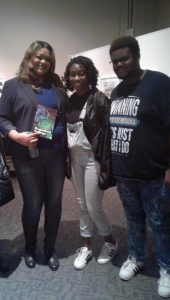
“You know, I’m starting to get why she didn’t explain how each theme was connected to the story, but what about Hip Hop? I didn’t really feel like it was explicitly present throughout the book.” Rachel pondered this aloud as she walked back with Faith and Daquon to the location of their uber driver.
“I don’t think she meant for it to be explicit, I think the dialogue of her characters and the way they act is supposed to represent the effects the culture of Hip Hop in the South had on children from the post-civil right movement era” Faith replied. Rachel nodded in understanding as immediately her mind went back to the show “The Boondocks”. Just as Dr.Bradley utilized dialogue to convey the riveting effect Hip Hop had on black youth, characters from “The Boondocks” were used to show the negative effect of the same phenomenon. Even Rachel’s favorite character, Riley, was a product of rap and hip-hop culture and represented the manifestation of what cultural stigmas and stereotypes can do to influence black youth in an unpleasant way.
Although we did not get to hear the endings to any of the stories, we strongly believe that Dr. Bradley accurately captured the essence of black southern life. Especially through the use of dialogue, we could hear an accurate portrayal of both youth and adults living in the post-civil rights era. From the tiny bits we heard, hip-hop culture was weaved into the stories. She did not explicitly say this is hip-hop culture, but she just let it exist in the space without trying to shove the fact into our brains. If readers pay close enough attention, they can hear it and see it through the way the characters speak and behave. Dr. Bradley’s book is the perfect alternative to a boring textbook description of what hip-hop culture looks and sounds like. Her use of common situations that we can all relate to, such as applying to college, procrastinating on our projects, and our parents not letting us go out, allows us to learn what we would in a textbook in its proper context. We can step inside of her world to better understand the life she is portraying, which makes it easier for us to learn. We highly encourage you all to consider buying the book if you can. If you want to take a blast in the past, but in a setting that is somewhat familiar to our own, please do yourself a favor and check out Boondock Kollage.

http://www.redclayscholar.com/about-dr.-bradley.html (Her Website)
https://www.amazon.com/Boondock-Kollage-Stories-Critical-Thinking/dp/1433133032
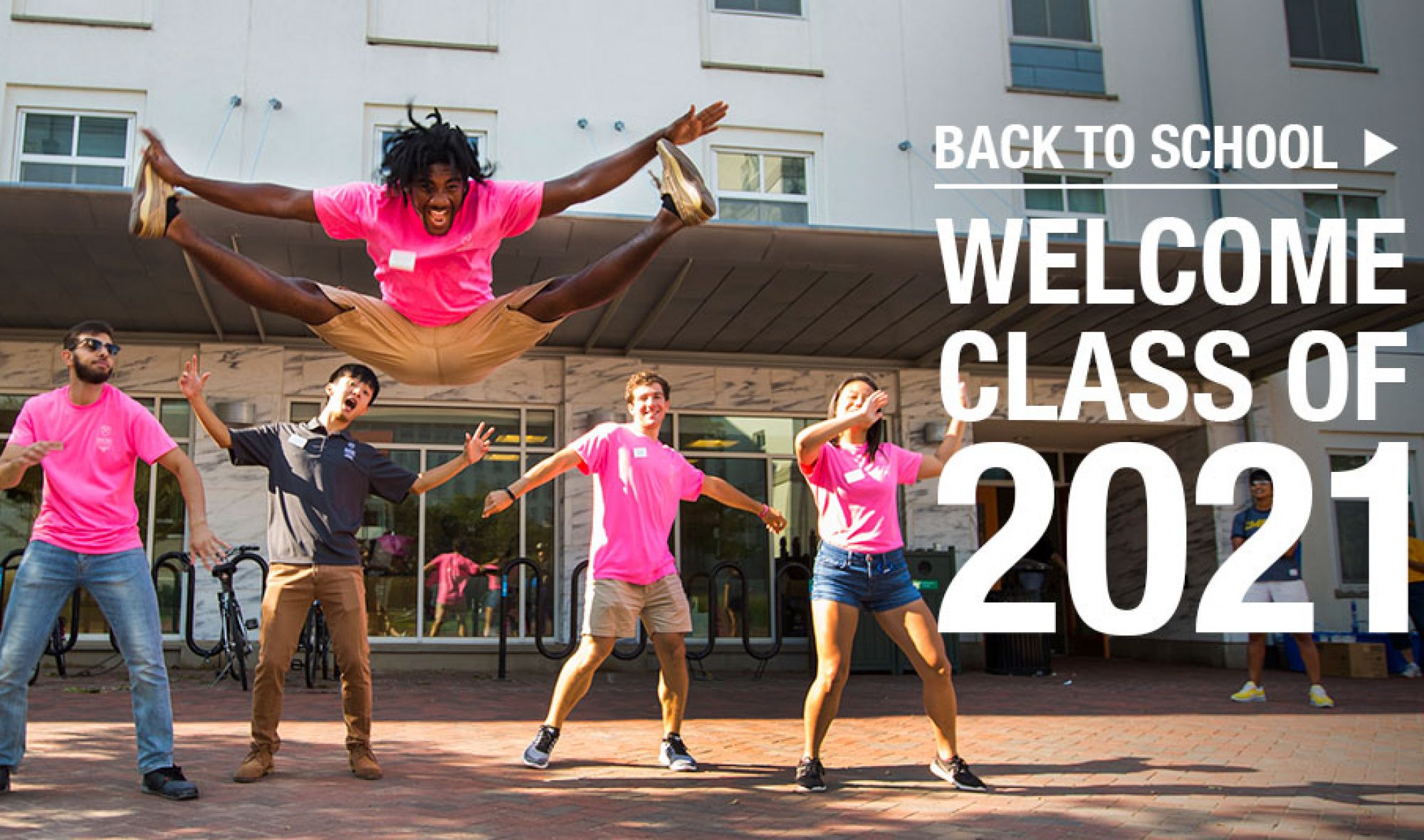


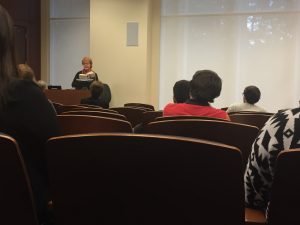
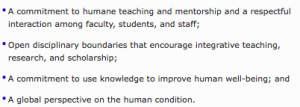
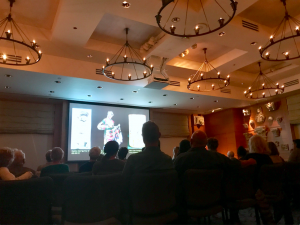
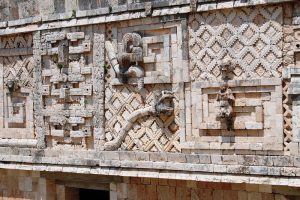

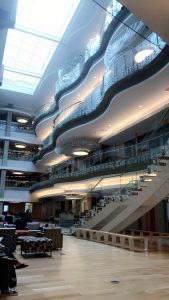
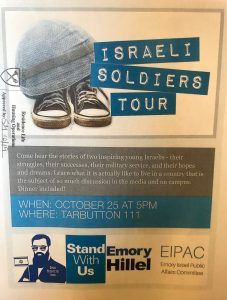
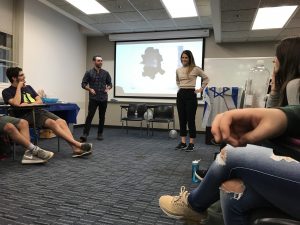
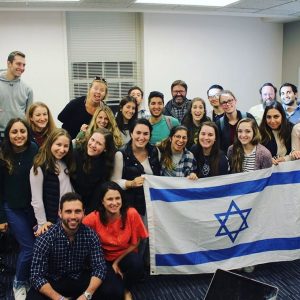
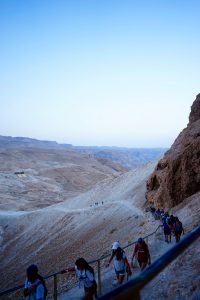
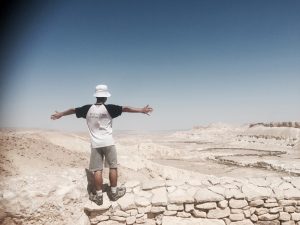

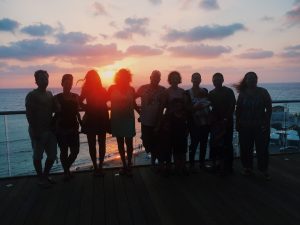
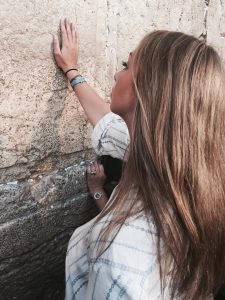
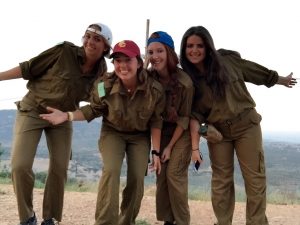

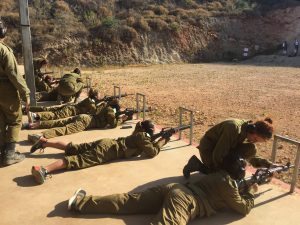


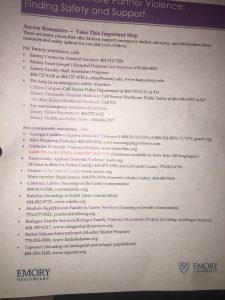
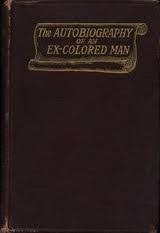 Weldon Johnson’s
Weldon Johnson’s 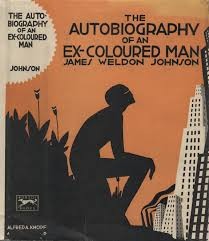 Autobiography of An Ex-Colored Man
Autobiography of An Ex-Colored Man